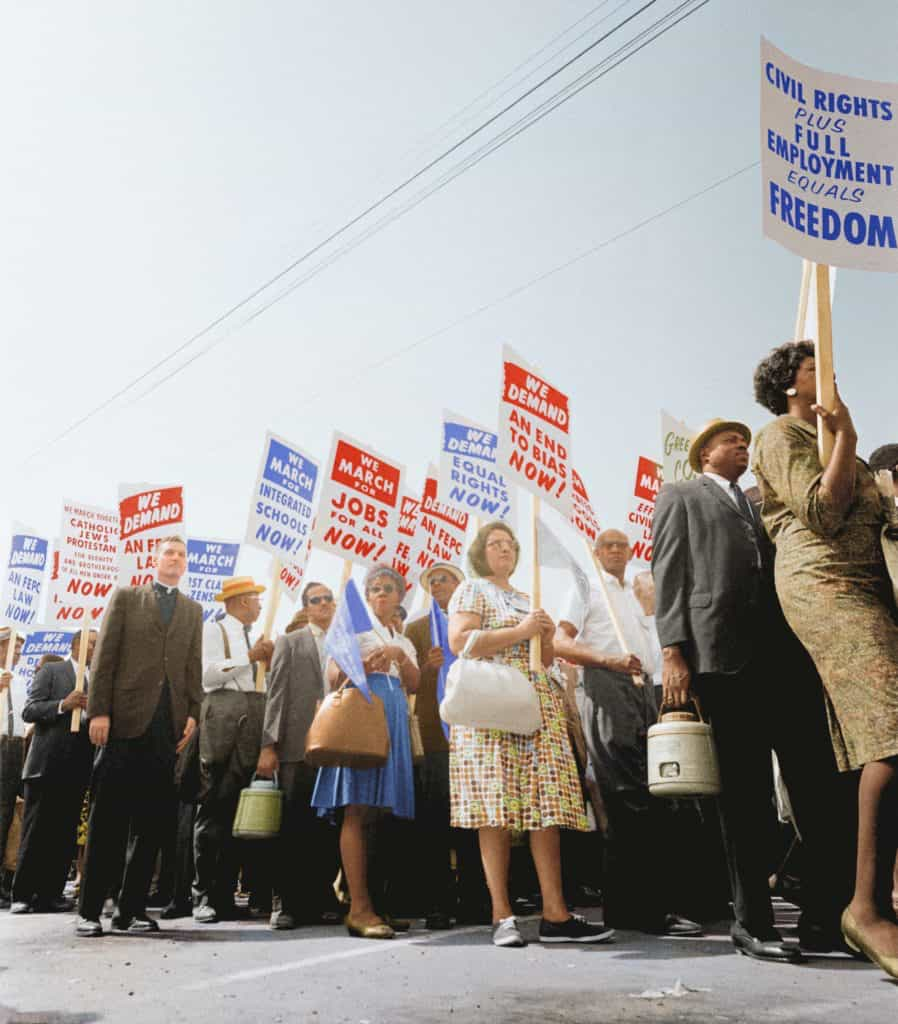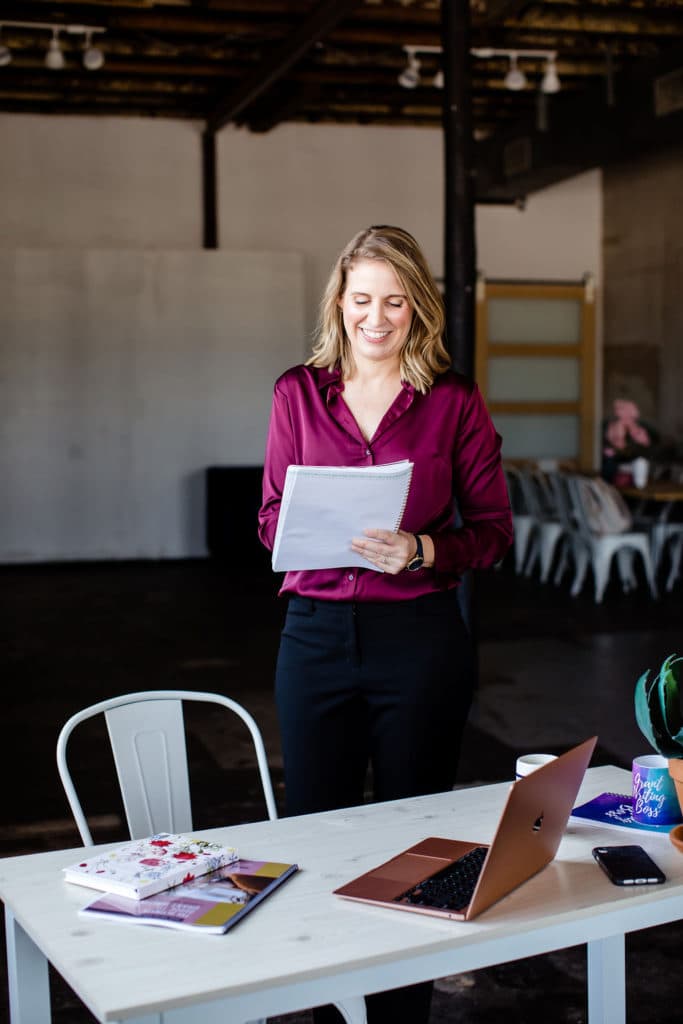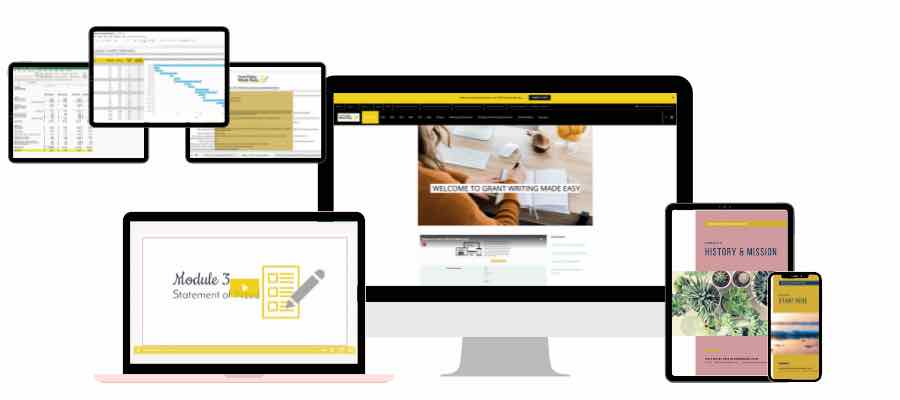When I start writing a grant for a client (after I’ve familiarized myself with the organization, read the grant application, and made sure it’s a perfect match), I always begin by writing their organizational history and mission, and not just because that’s often the first section on a grant application.
The reason I start there is because I need to make sure that both I and the reader have a clear understanding of the organization’s reason for being before crafting the argument of the rest of the grant. Everything I propose in the grant is guided by this first crucial component because anything the grant project proposes should align with the organization’s mission.
Keep in mind that although this section of a grant proposal seems purely straightforward and informational, it must also be persuasive. Everything you include in the history and mission should show that your organization is needed in the community, experienced and successful in the field, and capable of doing the project you’re proposing.

Here’s what you should do in the history and mission section
- Get the basic information down first. Even though it’s ideal to tell inspiring stories in the organizational history, don’t forget to get the basics down as well. For an organization, the basics include your organization’s name, type of organization, geographic location and service area, and year of founding. For an individual artist or researcher, this includes your academic or artistic credentials, related work experience, and recent achievements (scholarship, performances, etc.)
- State your organization or individual mission and vision in the first paragraph. Tie that mission and vision into your organization’s founding or the beginning of your research or interest in the field. This shows funders that there was a clear impetus for the work you do and helps demonstrate how the mission has real-life value and impact.
- Remember, this section is like your hype person. If you don’t get excited and inspired by reading it, no one else will either.
- Tell an actual story. Rather than simply providing the dates, founders, and mission statement, tell a story with a beginning, middle, and end. Include compelling characters and dramatic action. Hook the reader with a story that inspires them, pulls at their heartstrings, or draws on their moral or ethical values. For academic researchers, this might be more of a challenge, but you can tell a story about your entry into the field or this topic. If there is an appropriate place for it in the narrative, then include it. If you don’t have a compelling story, however, don’t make something up.
- Don’t include information about events just because they happened. Even though certain events or projects may loom large in the minds of those involved with your organization, it doesn’t mean they are relevant to this grant proposal. This section is almost like a cover letter for a job application. You don’t include everything you’ve ever done in a cover letter, only those jobs or projects most relevant to the job you’re applying for.
- Play up your long-term and recent successes. That doesn’t mean exaggerate or tell untruths: It just means emphasize what your organization does well, include statistics when available, and share anecdotes from your organization’s participants or stakeholders.

Next Steps
Keep in mind that everything is an argument in a grant proposal. When you review it (because you should have multiple drafts of your grant), you need to check that it’s making a compelling implicit argument about your credibility, qualifications, and ability to do the work.
Here’s how to do that. After you draft your history and mission, let it sit. Come back to it a day or two later and then revise it. Next, ask a friend who doesn’t work for your organization to review it and then summarize it for you in a sentence or two. That will show you whether they understood what you were saying and focused on the points you wanted them to focus on. Then revise to make your writing more clear, based on their feedback.
In Grant Writing Made Easy, I will teach you how to do peer reviews that go beyond this, with a series of prompts that help you get and give valuable feedback on every section of your grant.
I also have an entire course module dedicated to helping you improve your Organizational History and Mission section (or Individual History and Mission section if you’re applying for an artist or academic researcher grant). It includes a 64-minute video tutorial, 42-page workbook, 5 history and mission section examples, a peer review worksheet, and my Organizational History Generator (also free to you here).
If any of that sounds like something you could use, or you want to download my generator here and get more of what I have to offer, I hope you’ll join me inside my comprehensive online grant writing course, Grant Writing Made Easy.







